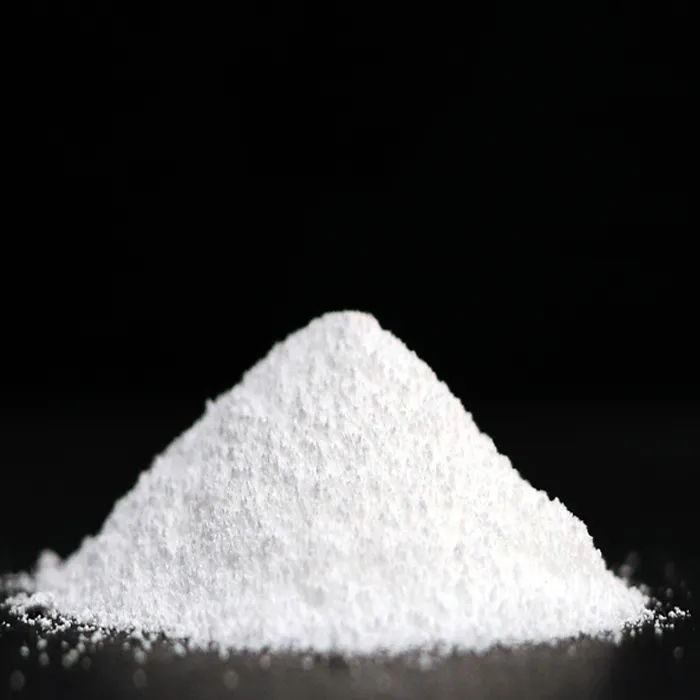The Role of Chemicals in Water Purification
Water is an essential resource for life, and ensuring its purity is critical for health, agriculture, and industry. One of the most significant advances in the field of water treatment is the use of chemicals for purification. These chemicals play a vital role in removing contaminants and making water safe for consumption and use in various applications.
One of the most common chemicals used in water purification is chlorine. Chlorine has been a staple in municipal water treatment plants for over a century. It is effective in killing bacteria and viruses that can cause waterborne diseases. When added to water, chlorine reacts with organic materials and disinfects the water, preventing outbreaks of illnesses such as cholera and typhoid fever. However, while chlorine is efficient, it can sometimes produce harmful by-products known as trihalomethanes (THMs), which require careful monitoring and management.
Another widely used chemical in the water purification process is aluminum sulfate, commonly referred to as alum. Alum is a coagulant that helps to remove suspended particles from water. When added, it causes tiny particles to clump together into larger aggregates, or flocs, which can then be removed through sedimentation or filtration. This process not only clarifies the water but also significantly reduces levels of turbidity, making it aesthetically pleasing and safe for drinking.
a chemical used for purification of water

In addition to chlorine and alum, various other chemicals are utilized in water treatment. Ozone, for example, is an oxidizing agent that can kill bacteria and viruses more effectively than chlorine, without producing the harmful by-products associated with chlorine disinfection. Additionally, ozone can help in breaking down organic contaminants, making it a versatile chemical in the purification process.
Activated carbon is another chemical that is frequently used, particularly in the final stages of water treatment. It is highly effective in adsorbing a wide range of organic compounds, pesticides, and other impurities. Water that has passed through activated carbon filters is often free from unpleasant tastes and odors, which improves its overall quality.
Finally, the role of advanced oxidation processes, which involve the use of chemicals like hydrogen peroxide and ultraviolet light, is becoming increasingly important in modern water treatment facilities. These methods can effectively degrade persistent contaminants that are not easily removed by traditional methods.
In conclusion, the use of chemicals in water purification is indispensable in our quest for safe and clean drinking water. From chlorine and alum to ozone and activated carbon, each chemical plays a unique and important role in the purification process. As technology advances, the strategies and chemicals used will continue to evolve, ensuring the protection of public health and the environment. Clean water is a fundamental human right, and the commitment to its purification is vital for a sustainable future.

